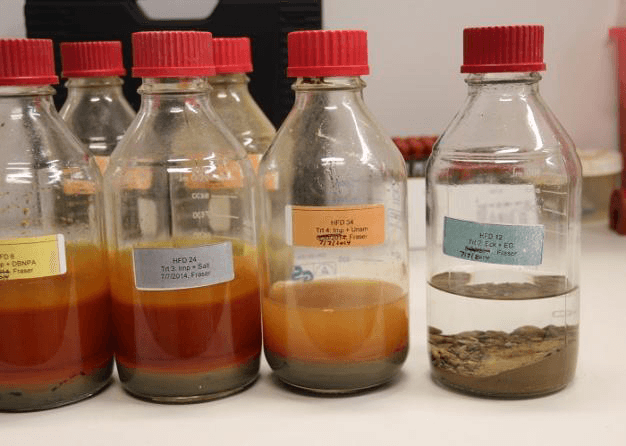Arsenic
As fracking booms, waste spills rise — and so do arsenic levels in groundwater
Wastewater created by fracking contains many toxic elements and chemicals that can contaminate groundwater. The good news? Microbes in the soil feast on the metals and help clean up the spill. The bad news? This process can release high levels of arsenic into the groundwater.
Tell us about your experience accessing The World
We want to hear your feedback so we can keep improving our website, theworld.org. Please fill out this quick survey and let us know your thoughts (your answers will be anonymous). Thanks for your time!
We respect your time, attention and privacy
This is The World
Follow The World
Subscribe to The World’s Latest Edition podcast for free using your favorite podcast player:

